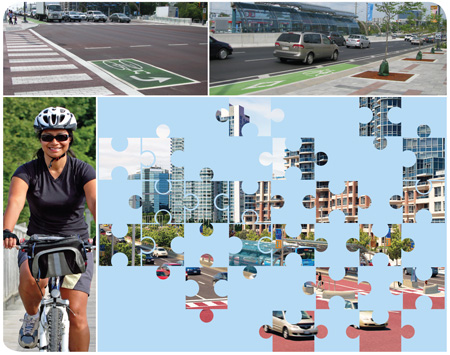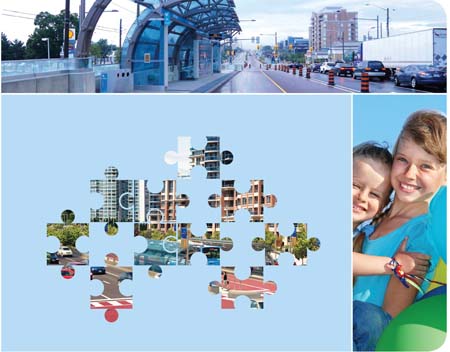Nelson Mandela – “Let us stand together to make of our world a sustainable source for our future as humanity on this planet”
Earth Hour is an annual global event that is held on the last Saturday of each March to raise awareness of climate change, and to encourage each of us to make choices that will lessen our impact on the environment. This remarkable initiative first began in Sydney, Australia in 2007 with 2.2 million Sydneysiders [A native or inhabitant of Sydney, Australia] and 2,100 businesses taking part. To date it has grown to over 6950 cities and 152 countries worldwide. In 2012 Vancouver was recognized as the first Global Earth Hour Capital. The City of Vancouver has set green targets of being a global leader on climate-smart urban development. Vancouver aims to have all newly constructed buildings be carbon neutral in their operations by 2020.
In reflecting on the true meaning of Earth Hour it raises the question – why wait until March 29 at 8:30pm to make a difference in saving energy or working to reduce climate change? Why not make small changes throughout the year? Small changes like carpooling or taking public transit will help reduce vehicle emissions and pollution. We are seeing these everyday changes right here in York Region with a 38% increase in ridership and over 22.7 million riders on YRT\Viva since 2005. With the section of the rapidway that is open on Highway 7, you can hop aboard a Viva bus and cut your commute time by up to 40% during the rush hour commute.
Once vivaNext rapidway construction is completed, the sustainable transformation of this urban corridor will support growth, and reduce congestion to help make York Region an even more inviting place to live, work, shop and play. These benefits extend well beyond York Region. For example, the rapidways will also play an important role in a seamless transit system across the GTHA, helping to reduce traffic congestion, increase productivity and provide sustainable alternatives to car use, which help reduce our environmental impacts.
If we all tried, even for one day, to reduce our environmental footprint it would be a symbolic demonstration of our commitment to reducing climate change. Don’t forget to power down this Earth Hour, our planet will thank you.










